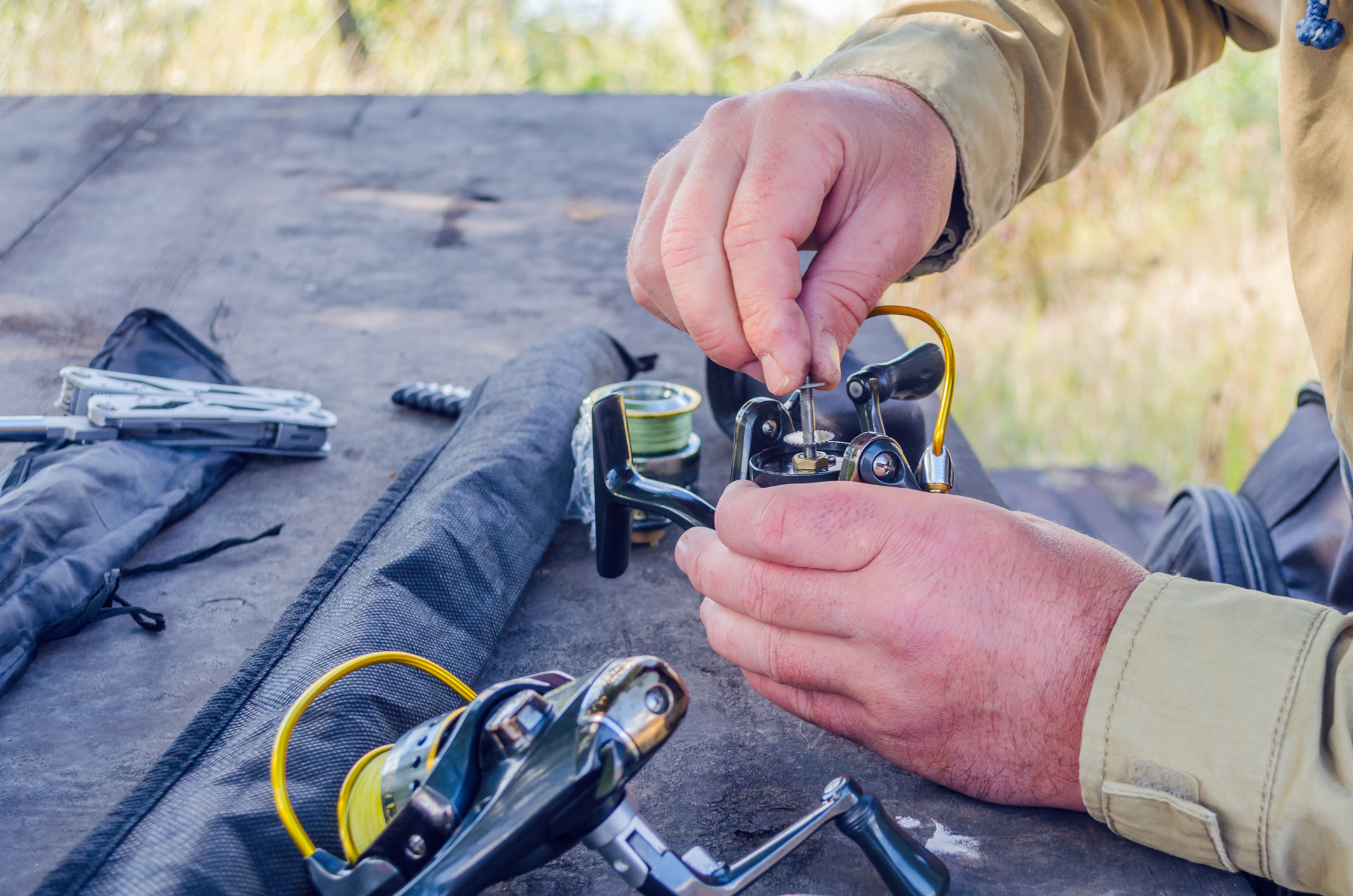DESIGN & TECHNOLOGY

Fishing Reel Maintenance Tips: How to Keep Your Reels in Top Condition
Posted:22/10/2025 10:22AM
Whatever part of the world you fish in, there's always a time when you should take stock of your fishing reel’s condition and make sure it's ready for your next fishing adventure. Annual or as needed maintenance keeps your reel running smoothly, guards against corrosion and wear, and can save you from losing that big fish.
Inspect Your Reel Before Every Season
To start, make a close inspection of your reel. Rotate the handle, engage the drag, flip the bail (for spinning reels), and feel for stiffness, gritty spots, or binding. Examine areas where dirt, salt, or grime often collects: around spool lips, under the bail arm, at the line roller, and where the handle joins the reel body. If anything feels off, that’s your signal to disassemble and clean first before proceeding.
Next, carefully disassemble and clean the reel. Work over a soft, clean surface (a towel or mat helps), keep parts in order (or take photos as you go), and use a soft brush (like an old toothbrush) to remove salt, sand, or residue. Where permitted, rinse gently with fresh water—but avoid soaking components unless the manufacturer explicitly allows it. Make sure every part is fully dry before you move to lubrication.
Lubricate Moving Parts Sparingly
Now it is time to apply the appropriate lubrication. Use a specialized reel oil (sparingly) on bearings, pivots, the line roller, and other moving joints. Use reel grease on gears, drive shafts, and drag‑washer stacks if your reel’s design calls for it. Be cautious, over‑lubing can trap grit and degrade performance. After lubricating, reassemble carefully, and test all functions—retrieval, drag, spool release—to make sure everything feels smooth and consistent.
If you’re new to maintaining your own reels, there are plenty of excellent video tutorials available on YouTube. Many experienced anglers and gear manufacturers post step‑by‑step guides for specific reel models, showing you exactly how to disassemble, clean, and reassemble safely. It’s a great way to learn and build confidence before trying it with your own equipment.
Replace Old Line and Check the Drag System
Don’t forget to address the line and drag system. Old line retains salt, grit, UV damage, and can weaken over time—so remove it at season’s end. Access the drag washers (if your reel design allows), inspect them for glazing, compression, or wear, and replace them as needed. Clean or lightly grease the drag stack (if recommended), reassemble, and respool with fresh line matched to your fishing style and target species. A well‑maintained drag and fresh line make a big difference when the bite comes.
When to Use a Professional Reel Service
If ever you feel uncertain about disassembly, servicing, or repairing your reels, don’t worry—many manufacturers or authorized service centers provide this service for a fee. Their technicians have original parts, proper tools, and experience to restore or overhaul your reels correctly. Check your reel manufacturer’s website for where to go.
Taking the time to maintain your fishing reels ensures smoother performance, longer lifespan, and fewer failures on the water. Like any precision gear, your reels deserve the same care you give your rods, tackle, and boat. Keep them clean, lubricated, and ready — because the next big catch could be on your very next cast.
Search
Subscribe to The Catch






















